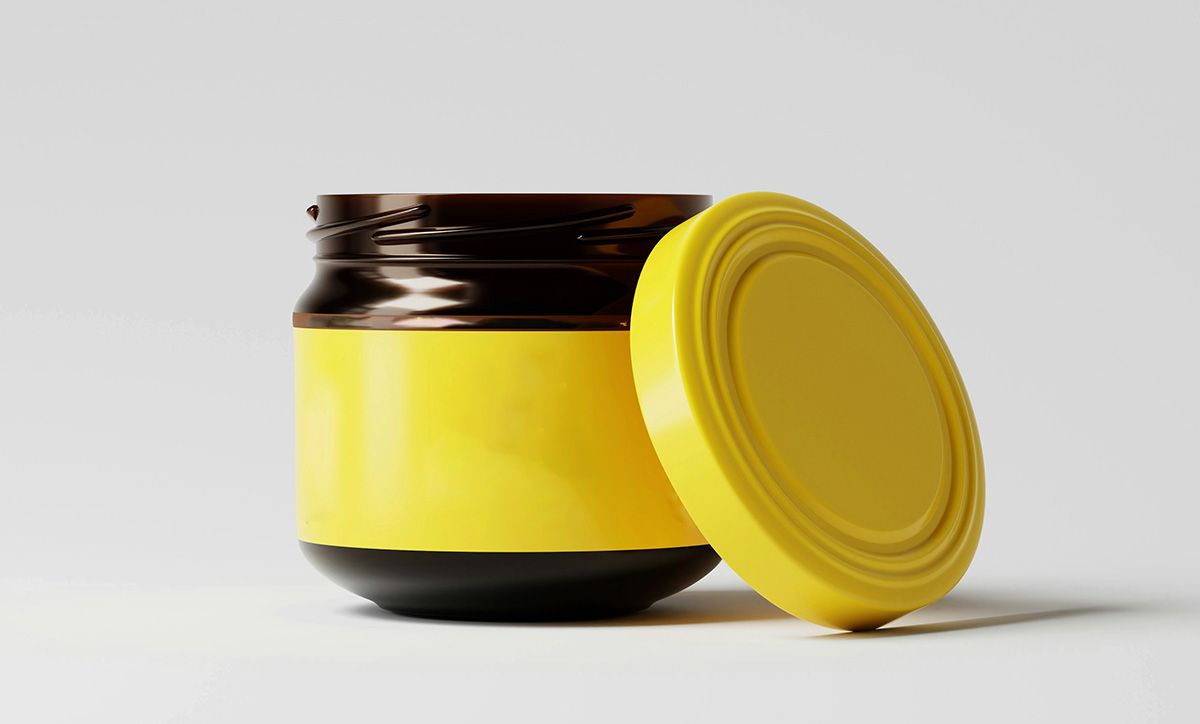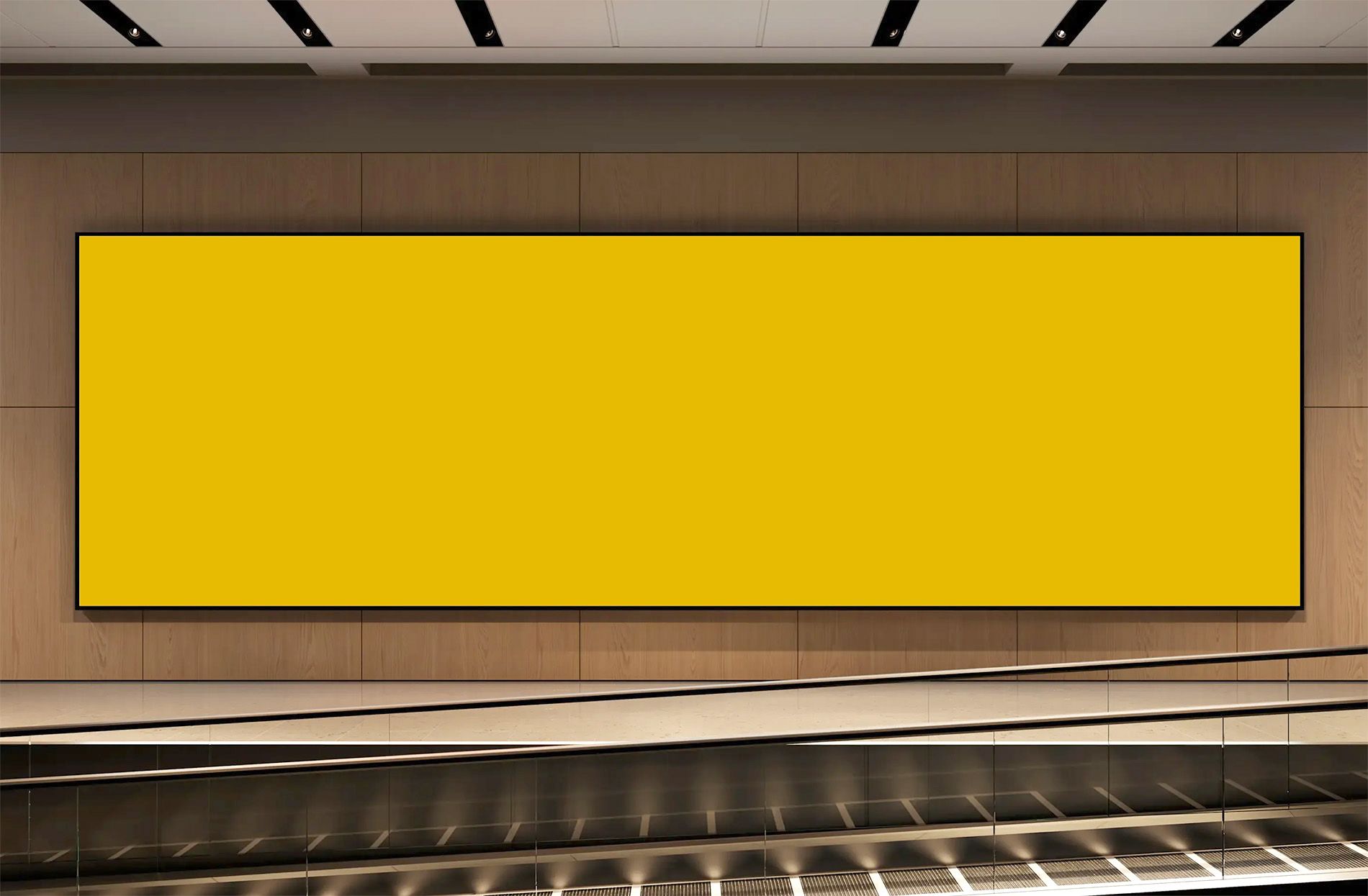

Designers should be able to solve visual communication problems or challenges. In doing so, the designer must identify the communications issue, gather and analyze information related to the issue, and generate potential approaches aimed at solving the problem. Iterative prototyping and user testing can be used to determine the success or failure of a visual solution.Approaches to a communications problem are developed in the context of an audience and a media channel. Graphic designers must understand the social and cultural norms of that audience in order to develop visual solutions that are perceived as relevant, understandable and effective. Directly speaking with individuals from set audiences can prevent any complications. Graphic designers should also have a thorough understanding of production and rendering methods. Some of the technologies and methods of production are drawing, offset printing, photography, and time-based and interactive media (film, video, computer multimedia). Frequently, designers are also called upon to manage color in different media. For instance, graphic designers use different colors for digital and print advertisements. RGB — standing for red, green, blue — is an additive color model used for digital media designs. However, the CMYK color model is made up of subtractive colors — cyan, magenta, yellow, and black — and used in designing print media. The reason for the different models is that when designing print ads, colors look different on the screen and when printed onto paper. For example, the colors appear darker on paper than on screen.



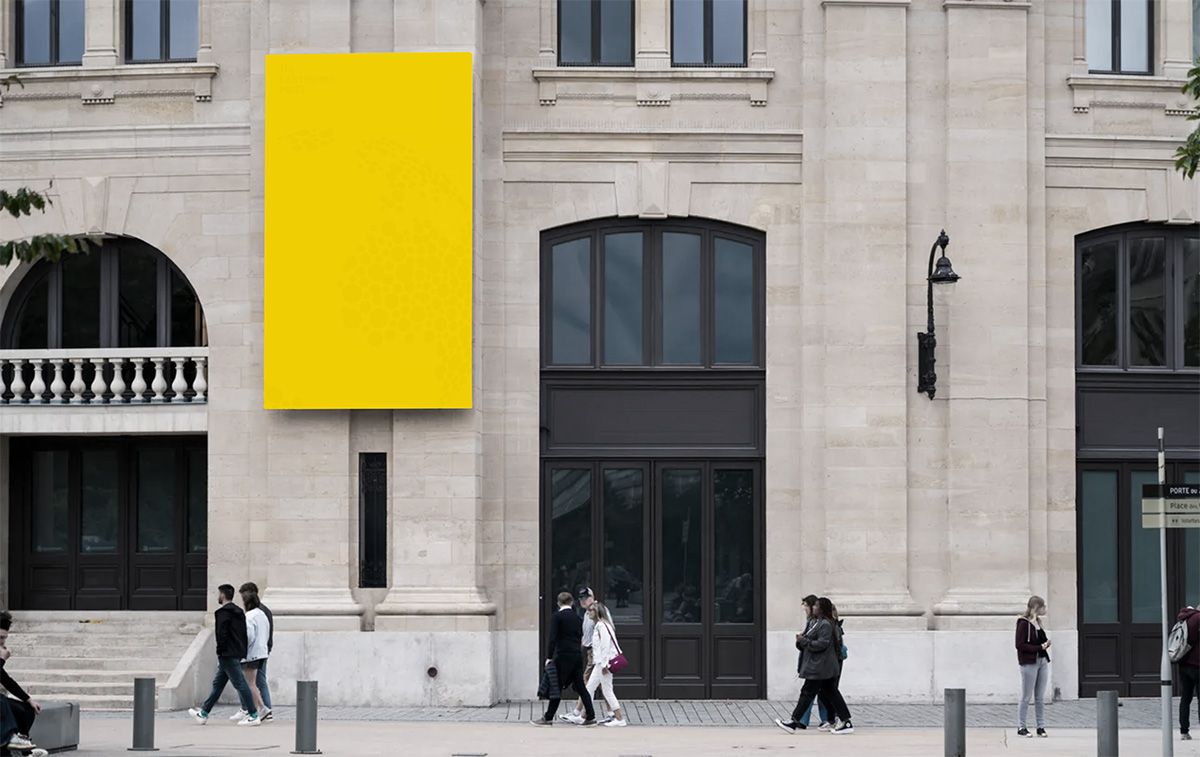
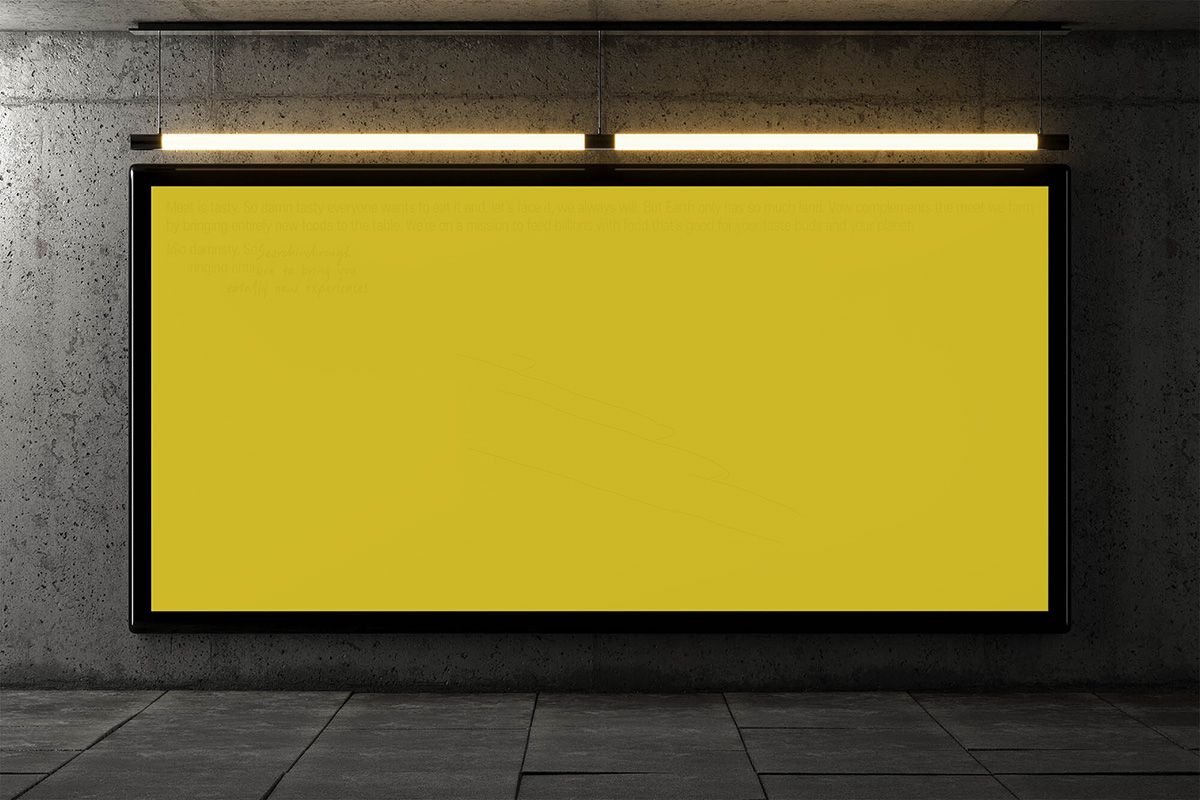
The first packages used the natural materials available at the time: baskets of reeds, wineskins (bota bags), wooden boxes, pottery vases, ceramic amphorae, wooden barrels, woven bags, etc. Processed materials were used to form packages as they were developed: first glass and bronze vessels. The study of old packages is an essential aspect of archaeology.
The first usage of paper for packaging was sheets of treated mulberry bark used by the Chinese to wrap foods as early as the first or second century BC.
The usage of paper-like material in Europe was when the Romans used low grade and recycled papyrus for the packaging of incense.
The earliest recorded use of paper for packaging dates back to 1035, when a Persian traveller visiting markets in Cairo, Arab Egypt, noted that vegetables, spices and hardware were wrapped in paper for the customers after they were sold.
In 1952, Michigan State University became the first university in the world to offer a degree in Packaging Engineering.

The external condom is rolled onto an erect penis before intercourse and works by forming a physical barrier which limits skin-to-skin contact, exposure to fluids, and blocks semen from entering the body of a sexual partner. External condoms are typically made from latex and, less commonly, from polyurethane, polyisoprene, or lamb intestine. External condoms have the advantages of ease of use, ease of access, and few side effects. Individuals with latex allergy should use condoms made from a material other than latex, such as polyurethane. Internal condoms are typically made from polyurethane and may be used multiple times.
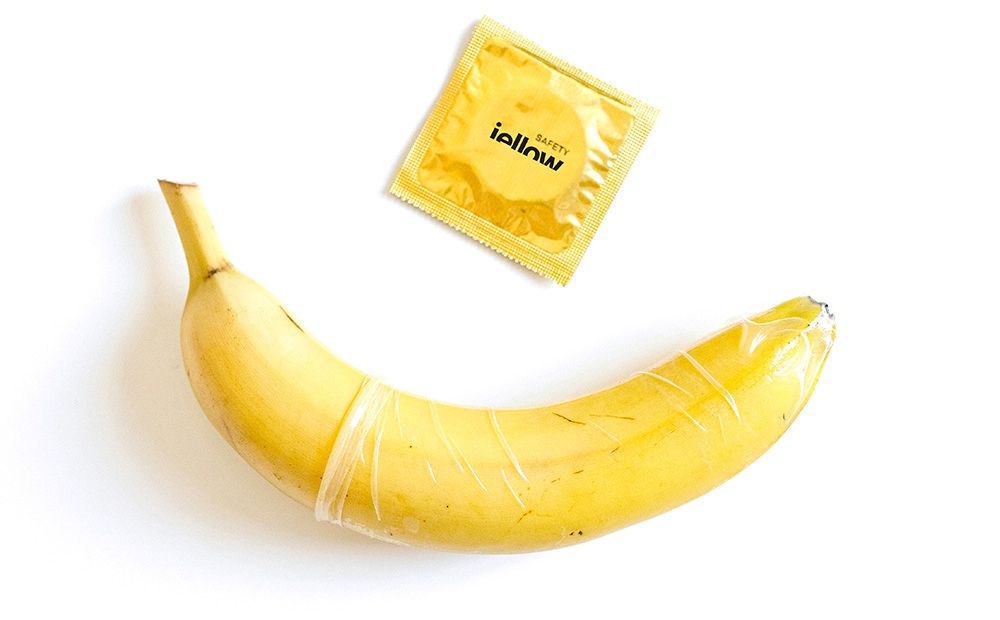
The first Subbuteo sets, known as the Assembly Outfits, consisted of goals made of wire with paper nets, a ellulose acetate ball, cardboard playing figures in two basic kits (red shirts with white shorts, and blue shirts with white shorts) and bases made from buttons weighed down with lead washers. The story is that Peter found one of his mother’s coat buttons and used Woolworth buttons for the early set bases.
No pitch was provided: instead, the purchaser was given instructions on how to mark out (with chalk, provided) a playing area on to a blanket (an old army blanket was recommended).



